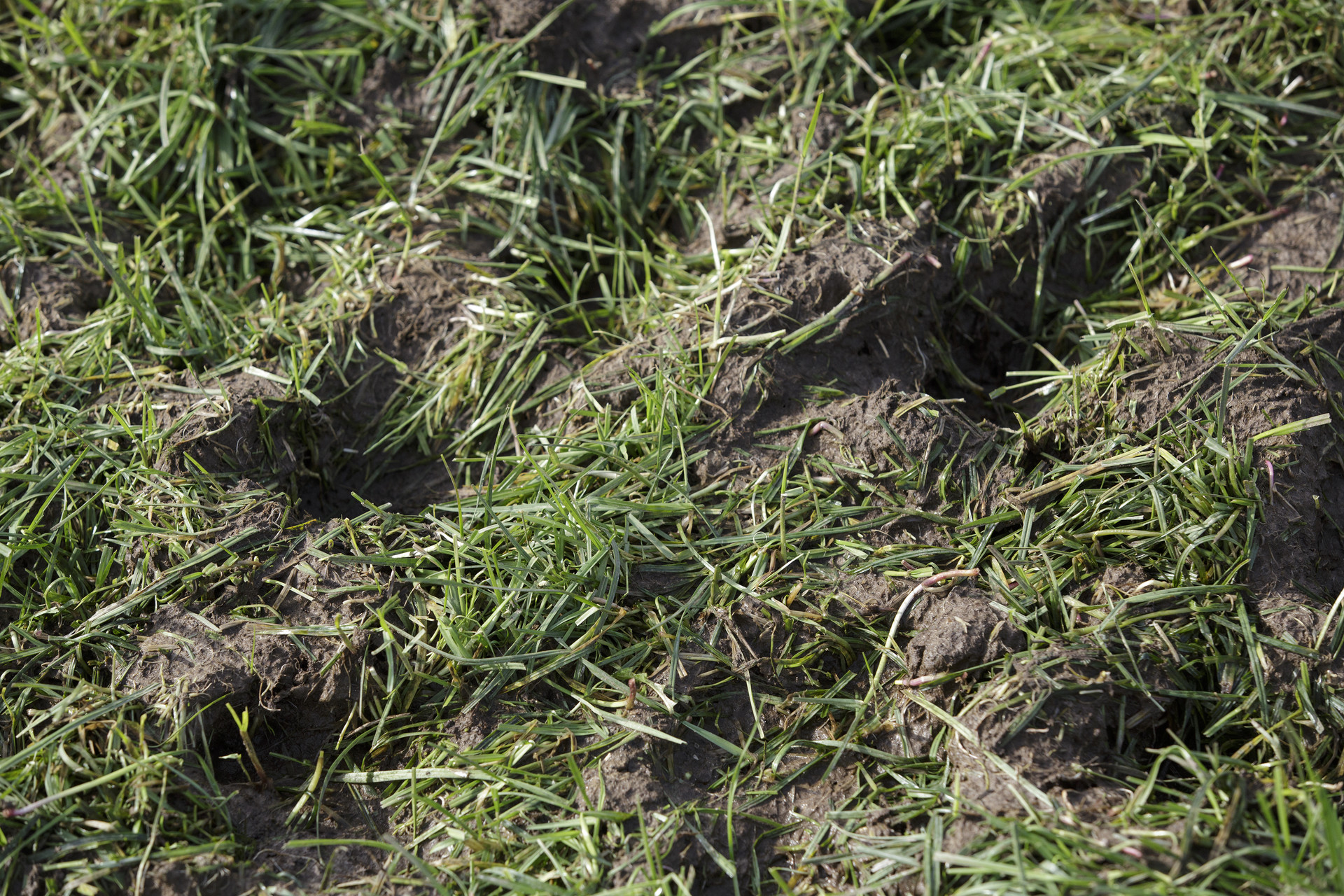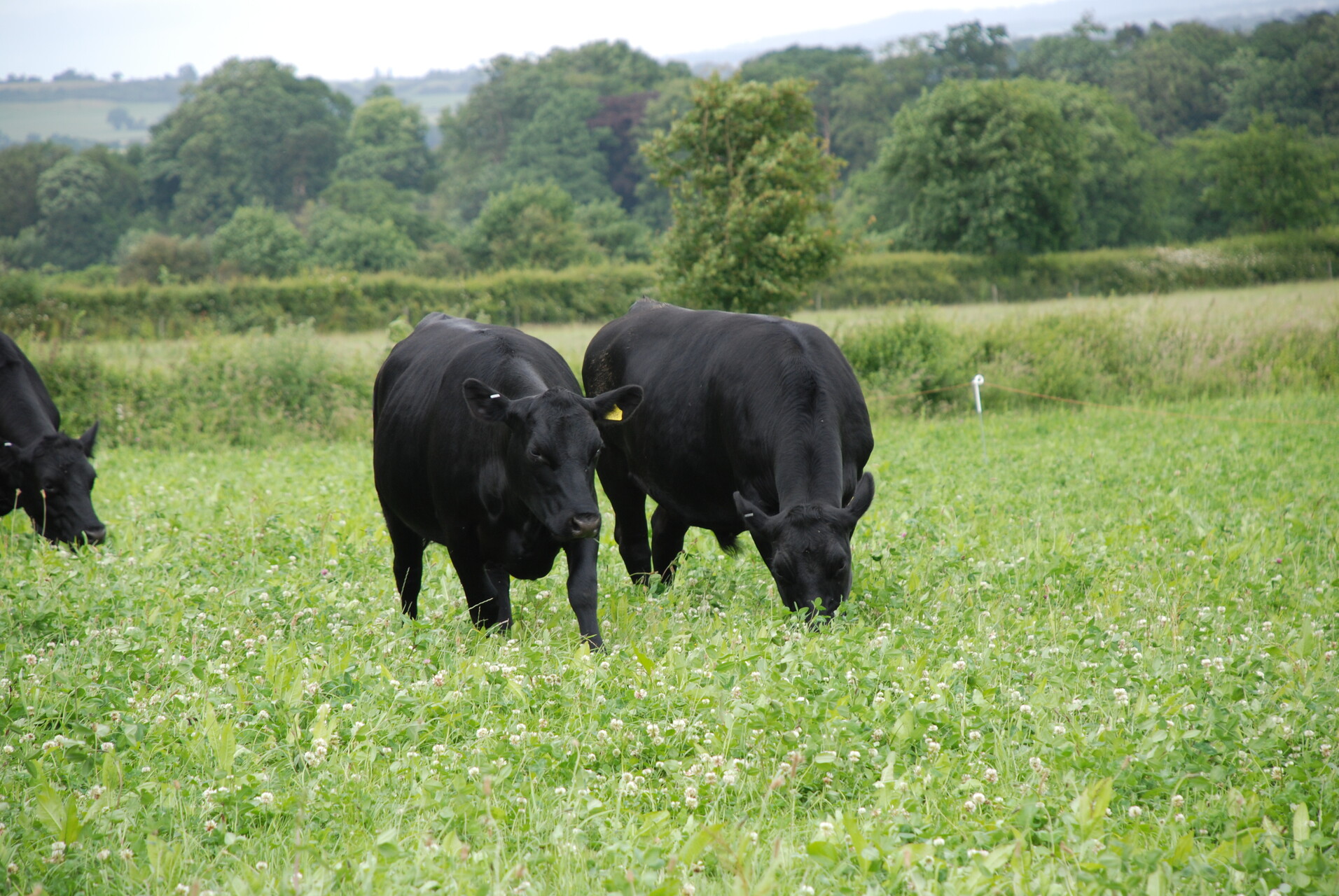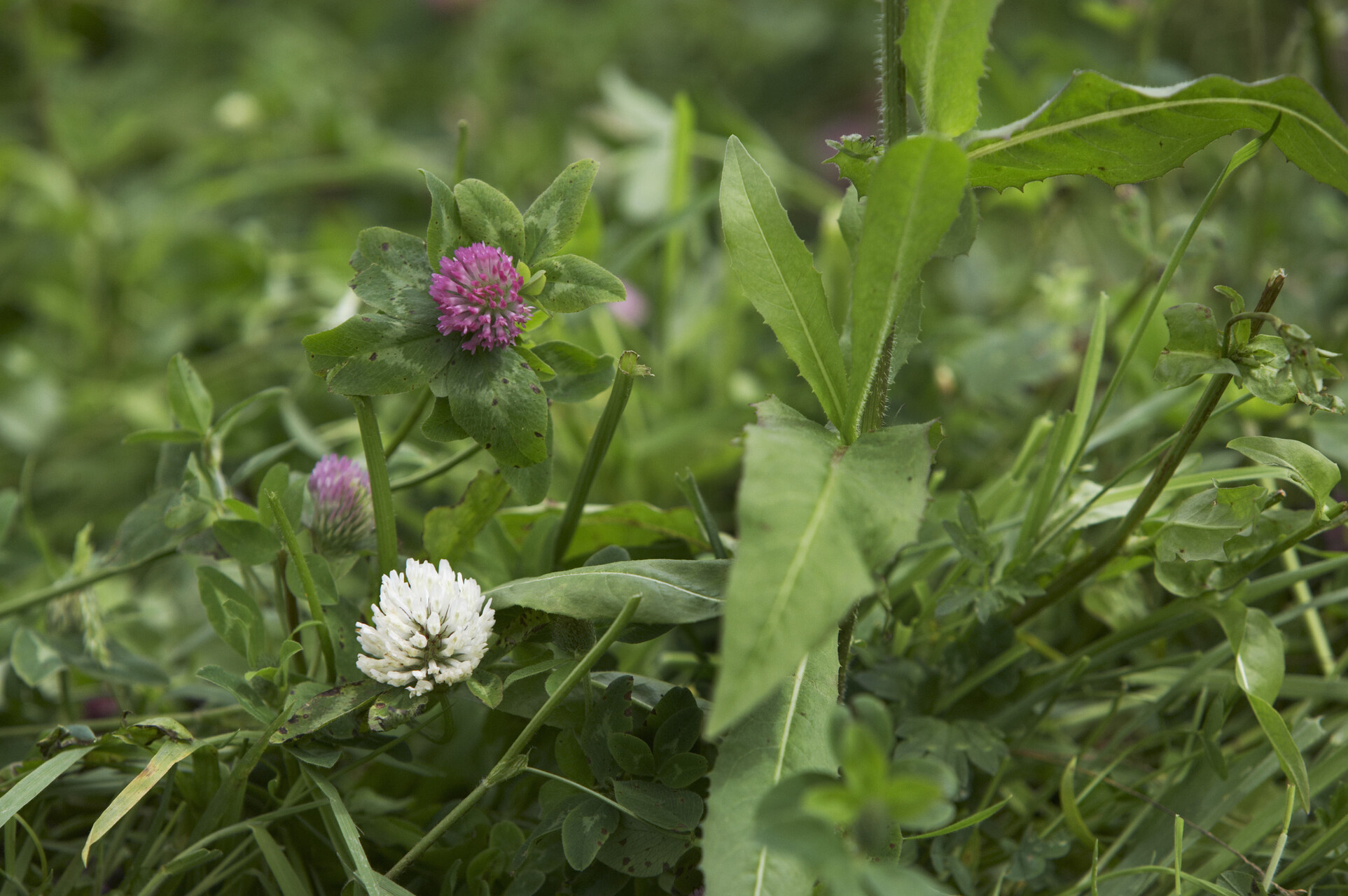Spring saw more multi-species swards planted than ever before. Germinal grass and forage expert Diarmuid Murphy provides multi-species grazing advice for spring-sown swards this autumn.
A multi-species sward will usually consist of three species, including grasses, legumes such as red and white clover and herbs such as plantain and chicory.
Research shows spring is best for sowing multi-species and, like any sward, the first year is the most crucial in terms of management. If you want the sward to persist and be productive over its lifespan, there are some important rules to follow this autumn.
Avoid poaching of multi-species swards
It is important to avoid poaching multi-species swards. Be mindful of machinery and animals trampling the crop and try to avoid grazing in very wet weather.

Red clover has a growing point above ground which leaves the crown of the plant vulnerable, and herbs like chicory also have a crown susceptible to treading damage.
Rotational grazing benefits multi-species swards
The ideal post-grazing height for a multi-species sward is 5 to 6 cm. Grazing excessively tightly can reduce sward persistency. In contrast, rotational grazing helps the persistency, quality and utilisation of the sward. Ideally graze for one to three days and rest for 25 to 30 days.

Young stock and finishing lambs perform very well on multi-species swards. The high dry matter (DM) percentage, high metabolisable energy (ME) content and high protein levels all support faster growth rates.
Research from University College Dublin (UCD) has shown lambs grazing herbal leys reached slaughter weight up to four weeks earlier when compared to lambs grazing a pure perennial ryegrass sward.
Care should be taken with swards containing a high percentage of red clover for six weeks on either side of tupping ewes. Red clover contains high levels of progesterone and may affect ewe fertility.
Winter dormancy aids spring growth
Multi-species swards go dormant over winter, and when managed correctly thrive come springtime. The grass in the sward starts the grazing season off well, with the herbs and legumes flourishing mid-late season.

We expect the increased use of multi-species to continue as the findings of our own research from Germinal Horizon are reinforced by what we’re seeing on farms. This includes improved productivity, better soil structure and conditioning and increased nitrogen fixation, meaning a reduction in artificial N use.
And with the deeper root depths bringing better drought resilience, I expect multi-species to play a greater role on even more farms in the future.
For information about how to sow and establish a multi-species sward, use our comprehensive guide.
Ask our grass and forage experts
Simply submit the contact form below to ask a Germinal expert about multi-species swards.
